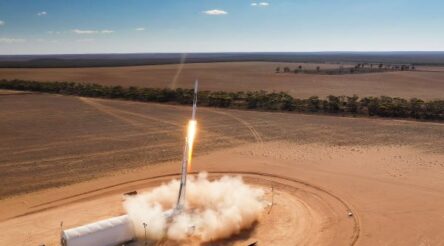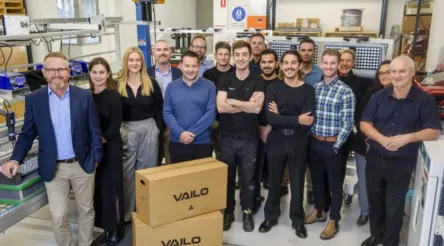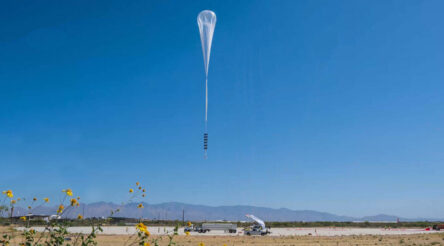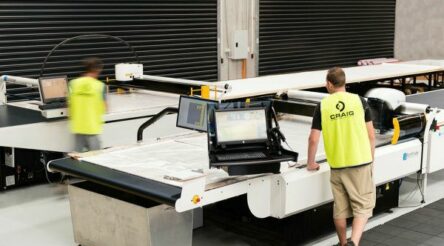Manufacturing news briefs – stories you might have missed
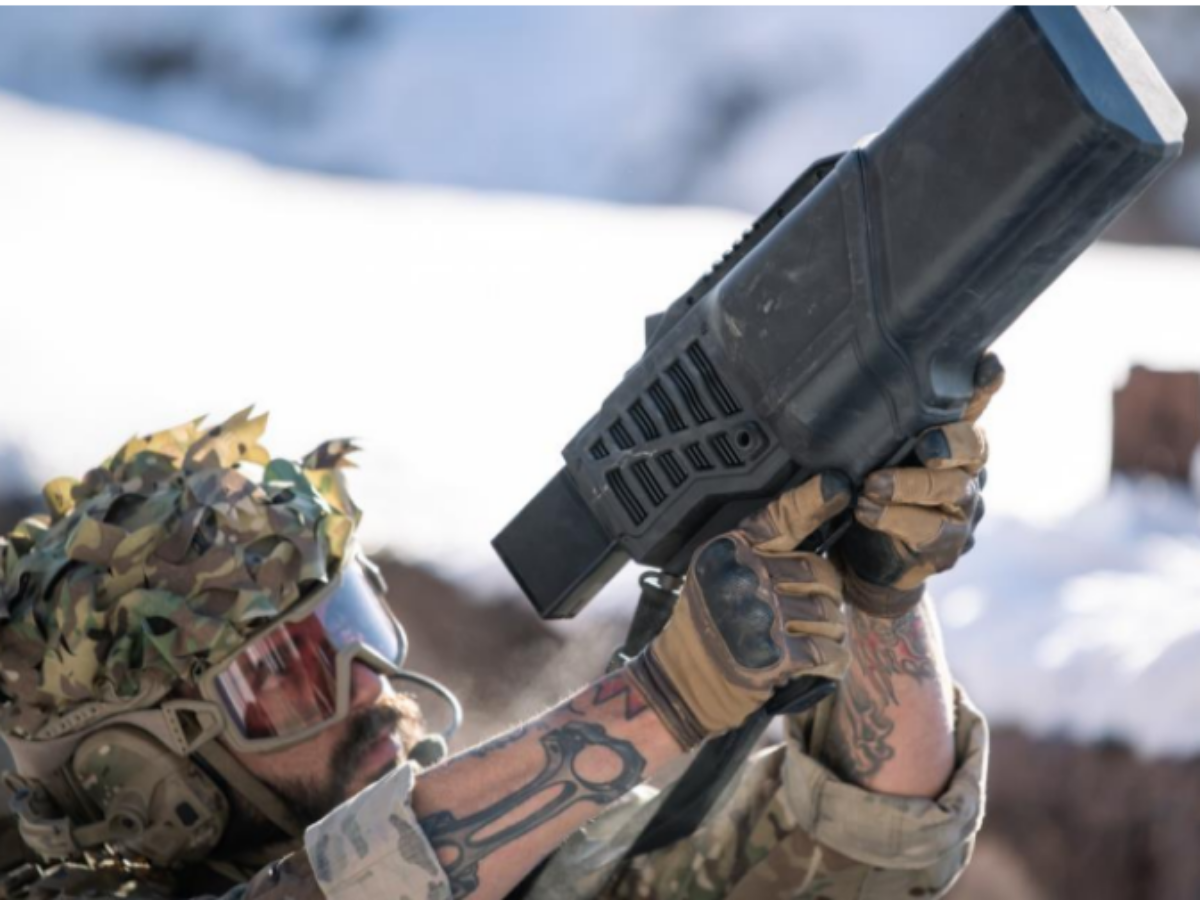
Matrix awarded new riser buoyancy contract
Matrix Composites & Engineering has been awarded a contract for the supply of composite underwater drilling riser buoyancy modules. The contract, with Transocean, is valued at $4 million, with the modules scheduled to be delivered in the first quarter FY24. The buoyant modules will upgrade infrastructure on an existing undersea drilling rig. The new contract brings Matrix secured revenue from its undersea business of almost $50 million for next financial year FY24. Matrix’s FY23 revenue is expected to land between $45 million and $50 million, according to the Perth company. CEO Aaron Begley said: “This latest award enhances our industry leading position in providing subsea buoyancy solutions at a time of resurgent activity among offshore drilling companies globally.”
NeuRizer raises cash against future R&D funding
The company developing an in situ gas from coal production project in the former Leigh Creek coal field in South Australia has raised new funding against potential future government R&D funding. NeuRizer, which plans to make fertiliser from the gas, has secured an additional $1.5 million, with another $500,000 expected this month, against the AusIndustry Advanced Finding tax rebate programme announced by the company in December, 2022. The total cash rebate received so far is $5.5 million for the 21/22 period, with this further funding secured against 22/23 expenditure. According to the company: “This additional funding strengthens the Company’s clash position over the medium term”.
DroneShield in major manufacturing ramp up, but where?
Drone detection and countermeasure company DroneShield is ramping up manufacturing operations in response to its growing order book spurred on by the use of drones in Ukraine. The company said it had $67 million in counterdrone product orders under production and due for completion this calendar year. 2022 cash receipts were $15.7 million for the whole year. CEO Oleg Vornik said significantly scaling up revenues relied on sales but also having inventory for sale. “Scaling the production, operations and deployment processes from dozens into hundreds of units across multiple complex products simultaneously is a challenging task.” While announcing a scaling up of production Vornik did not say where this was occurring, whether in its Sydney factory or those overseas.
Anteris announces results for third patient cohort
Anteris has announced results for the third patient cohort of its DurAVR THV (transcatheter heart valve), comprising seven first-in-human study participants and one compassionate case, “with exceptional haemodynamic outcomes in a further validation of results previously reported.” According to Anteris, its DurAVR 3D single-piece aortic heart valve replacement addresses the needs of today’s younger and more active aortic stenosis patients, “delivering superior performance and durability through innovations designed to last the remainder of a patient’s lifetime.” CEO Wayne Paterson said on Wednesday that, “We have now treated 21 patients, all of whom have had outstanding results. This recent cohort of patients further validates the exceptional clinical characteristics of DurAVR THV and the performance of our novel first-in-class biomimetic design. I would like to acknowledge the patients and physicians who are involved in this study and thank them for their participation.”
Carbonix achieves BARS cert
Drone manufacturer and solutions company Carbonix announced on Wednesday that it recently achieved Basic Aviation Risk Standards (BARS) certification. BARS certification is an internationally-recognised program providing a standard for remotely
piloted aircraft systems (RPAS) operators to assist in the risk-based management, ensuring rigorous oversight of contracted RPAS operating activities. Carbonix said the certification was an important part of its “commitment to upholding the highest standards
of aviation safety and operations, positioning the company as a trusted partner for organisations operating in sectors such as the resources and critical infrastructure industries.” CEO Philip van der Burg said, “We are proud to provide our clients the assurance that their long-range RPAS activities are carried out with the utmost safety and professionalism and look forward to continuing to support leading organisations within the mining and critical infrastructure sectors ”
Approval given to upgrade three Port Kembla berths
Planning approval for a $182 million upgrade of three berths at Port Kembla will help to guarantee the supply of Illawarra steel for new homes, schools, hospitals, and transport infrastructure, according to a statement from the NSW government over the weekend. Minister for planning Paul Scully said. “Our construction industry is the largest user of Port Kembla’s steel, using more than 70% of the site’s total output. This approval provides more capacity to import coking coal for steelmaking and keep production flowing when local coal supplies are scaled back from 2028.” According to the NSW government, Illawarra steel contributed around $10.3 billion to the state’s economy annually. “The berths are more than 50 years old and need improvements to meet the expected increase in steel demand as NSW continues to grow,” said Shellharbour MP, Anna Watson. Watson added that the more than 50-year-old berths needed improvements to support coal brought in from Queensland after 2028 as NSW continued to grow.
Cooperative Research Australia contributes to Measuring What Matters
Cooperative Research Australia (CRA) has said it welcomes the opportunity to contribute to the federal treasury’s consultation on Measuring What Matters, a statement the federal government has committed to releasing later this year. According to treasury, consultations are in their second phase for the statement, which “will be Australia’s first national framework on wellbeing and will evolve over time.” CRA said it emphasises the crucial role of collaborative research in driving commercial, economic, social, and environmental outcomes that benefit all Australians. “The proposed indicators put forward by CRA aim to measure R&D collaboration, the high-skilled workforce, and innovation outcomes,” said said Cooperative Research Australia CEO Jane O’Dwyer. “By assessing these indicators, we can gain insights into the workforce’s ability to support innovation and industry-led research, thereby fostering a growing, productive, and resilient economy.”
Picture: DroneShield/ DroneGun Mk4 counterdrone handheld system
@aumanufacturing Sections
Analysis and Commentary Awards Defence Manufacturing News Podcast Technology Videos







